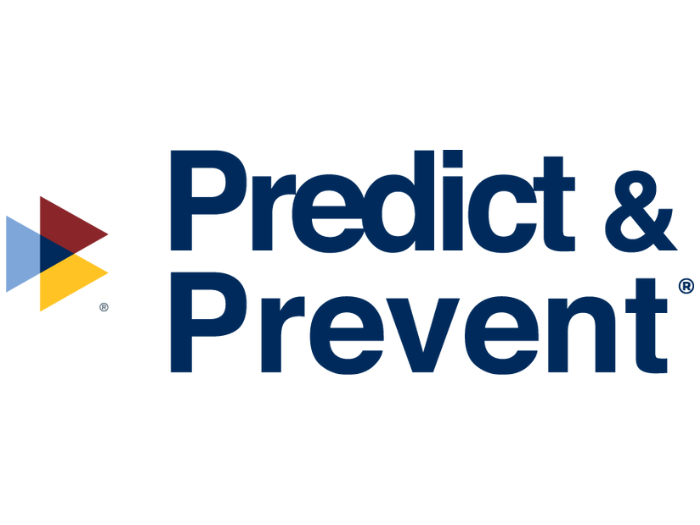Predict & Prevent® Podcast 24: From Passive Policies to Active Cyber Protection

Most insurance policies follow a familiar pattern: you purchase coverage, file it away, and hope you never need to use it. The product only delivers when something goes wrong and you file a claim. But what if your insurance company could prevent the disaster from happening in the first place? That’s the premise behind Coalition, a cyber insurance provider that’s turning the traditional insurance model on its head by combining coverage with real-time threat detection and response.
In this episode of Predict & Prevent, host Pete Miller, CEO of The Institutes, sits down with Joshua Motta, CEO of Coalition, a cyber insurance provider. Motta explains how his company is pioneering what he calls “active insurance” — a hybrid approach that merges cutting-edge cybersecurity technology with traditional insurance coverage to protect hundreds of thousands of businesses from increasingly sophisticated cyber threats.
The concept is simple yet innovative. Coalition continuously scans every single device connected to the global public internet—roughly 6 billion devices—thousands of times per month, collecting trillions of log lines of data. This massive surveillance operation allows them to identify vulnerabilities in their customers’ systems before criminals can exploit them.
“We know more than the insured themselves does about their risk,” Motta explained, “which is something that’s quite rare in insurance.”
But Coalition doesn’t stop at passive monitoring. The company also operates what Motta calls a “honeypot network” — decoy infrastructure designed to imitate their customers and attract cybercriminals. By watching how threat actors attack these decoys, Coalition gains critical intelligence about emerging tactics and techniques, which they use to protect real customers. As Motta noted, “these are all things that you would have never imagined your insurance company would be doing for you.”
Coalition’s active insurance approach has yielded remarkable results: Its annualized claims frequency is 73% lower than the U.S. market average for cyber insurance.
The conversation reveals fascinating insights into how cyber threats are evolving beyond the digital realm. Motta recounts a particularly striking example of a Midwest company that produced hand sanitizer during COVID. When ransomware took their systems offline, manufacturing equipment stopped functioning, causing gaskets to dry up and crack—physical property damage directly resulting from a cyberattack. Coalition’s policy covered the repair costs, something traditional cyber insurance wouldn’t address.
Looking ahead, Motta predicted the threat landscape will only intensify as companies accelerate digital transformation and criminals leverage AI to become more sophisticated and efficient.
“Cybercrime is among the most lucrative forms of crime a criminal can conduct,” he warned, noting that AI now enables criminals to operate flawlessly in multiple languages, dramatically expanding their potential target base.
Throughout the discussion, what becomes clear is that Coalition isn’t just an insurance company that happens to use technology—it’s fundamentally a technology company that happens to sell insurance. As Motta puts it, “the insurance companies of the future will be technology companies that are also insurance companies.”
To hear more about how Coalition’s “active data graph” works, why aligned incentives matter in cybersecurity, and what specific threats manufacturers and other industries face, listen to the full episode of Predict & Prevent here: From Passive Policies to Active Cyber Protection. &











